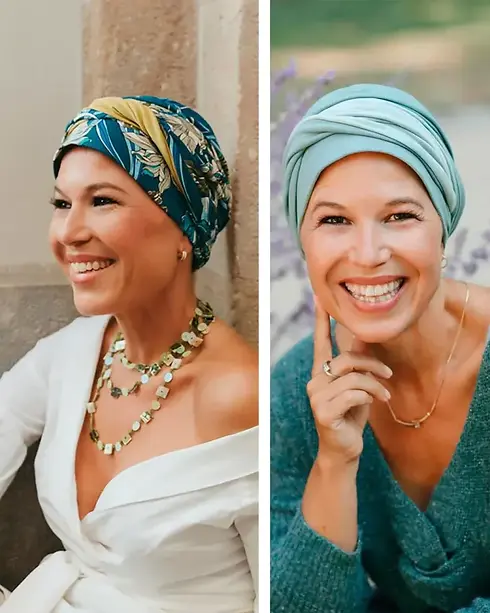Bioesthetic Oncologist

¡Life gives Life!
How does cancer aesthetics work?
The quality of life for a cancer patient can be significantly improved through appropriate aesthetic treatments, reducing emotional stress by half. This is the primary outcome. We're all familiar with the potential changes in physical appearance that, while generally not clinically severe, are personally significant. When we look and feel good about our appearance, we feel stronger in facing our daily challenges. We gain self-esteem and confidence, which enhances our relationship with ourselves and others. This also encourages us to better adhere to medical recommendations for healthy eating and physical activity, teaching us to live in the present without undue anticipation. The changes in physical appearance and self-image experienced are, in most cases, temporary: dryness, skin discolorations or irritations, hair loss, or nail changes. Therefore, Vietrulife Medical Spa includes oncological aesthetic care as part of its protocols. We aim to provide comprehensive solutions with our products and aesthetic treatments to best assist in maintaining your image during medical treatments.

What is Oncologist Bioesthetics?
Oncological aesthetics is a new branch of aesthetic care aimed at addressing the physical and psychological discomfort of cancer patients, both before, during, and after treatment and disease eradication. The goal of this specialty is to provide those affected by this disease with the necessary and appropriate care. By improving their physical appearance, it's believed that their overall mood and well-being can be elevated.
Oncological medical treatments tend to be quite aggressive, often impacting the skin and overall physical appearance. The cancer healing process can lead to various aesthetic changes and disorders that manifest depending on the patient and the specific treatments they undergo. Common issues include skin dryness, radiation-induced eczema, photosensitivity from chemotherapy, hair loss, partial or total loss of eyebrows and eyelashes, the emergence of facial hair, skin discoloration or pigmentation, and nail depressions.
These changes often lead to a decline in a patient's self-confidence and self-assuredness, both vital attitudes for effective disease recovery. Restoring a healthy physical appearance becomes an essential step toward their internal healing and well-being


